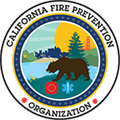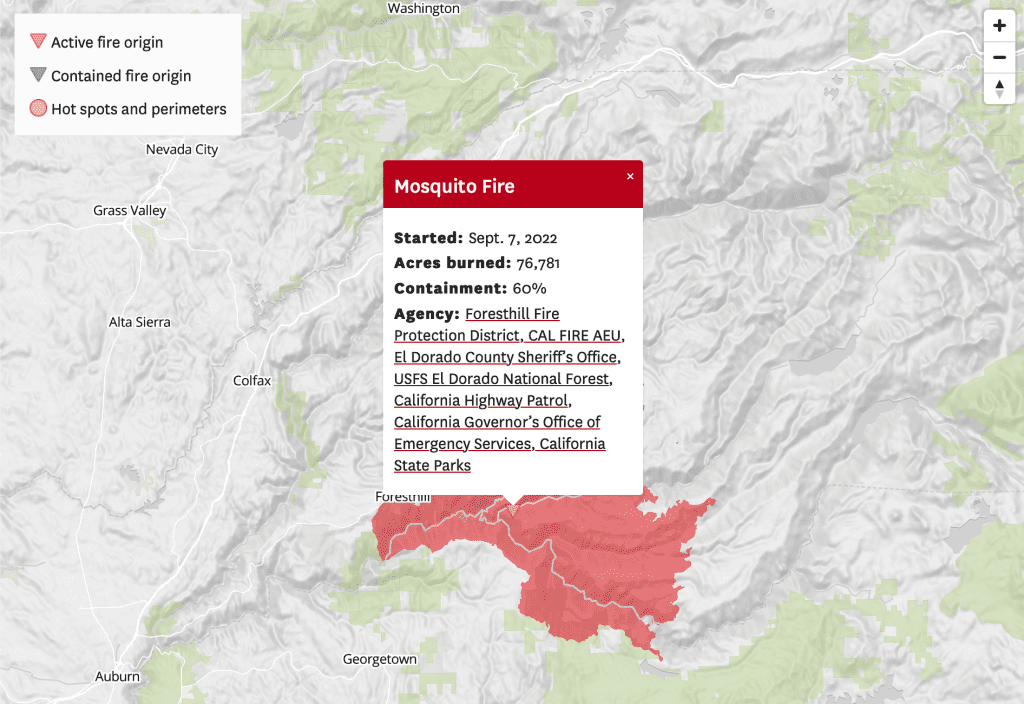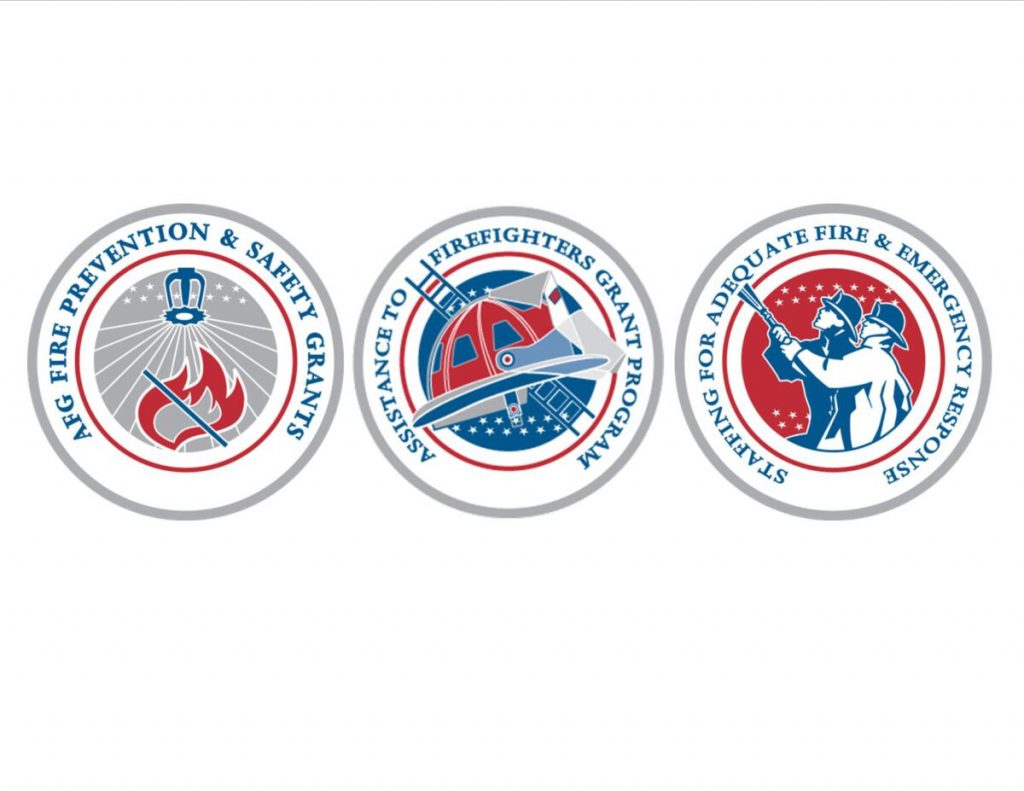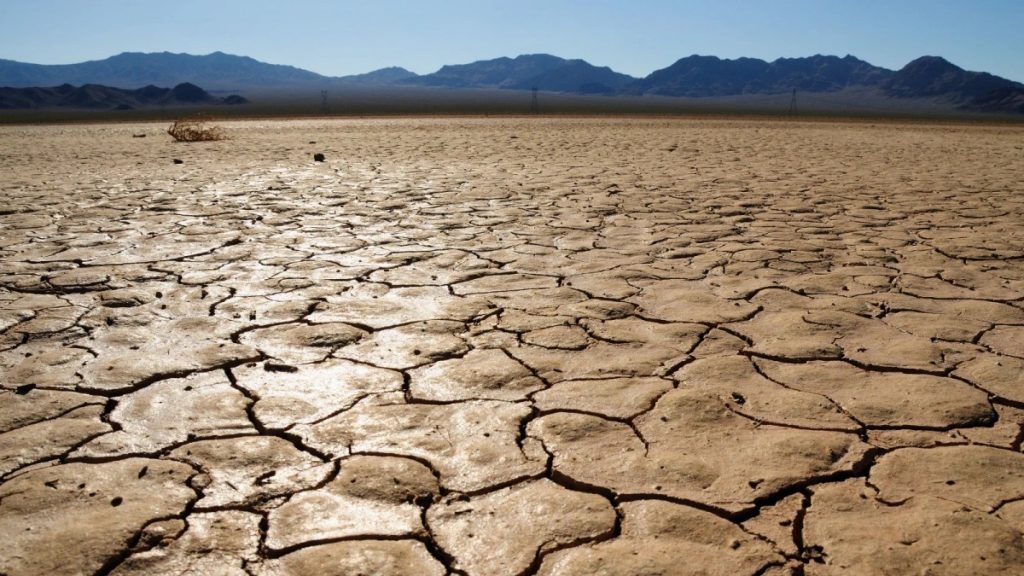Did you know that while fire burns, smoke kills?
That’s right. Fire Burns. Smoke Kills.
Often, we tend to think about fire as the primary threat to life in home fires. The fact is, more people die from smoke and gas inhalation and exposure than from fire itself. During 2014, more than 170 people died in structure fires in California. That’s unacceptable for our organization, and it should be unacceptable to anyone living in this great city.
What happens in a structure fire? Things have changed over time, as the content of our homes has changed. We used to have homes filled with metal, wood, and paper. Today, we have homes filled with plastics, synthetics, and paper. The reaction to fire can be extremely deadly – with fire doubling in size every minute or even faster.
Imagine you’re asleep in your home. It’s two in the morning.
A fire starts in your garage. Within just a few minutes, your home will fill with smoke. Will you wake up? Let’s imagine that you do NOT have a smoke alarm in your home… You may not wake up for some time.
Smoke will cover the ceiling, and as more of it fills your home, it will start to bank down… filling each room. The majority of that smoke will be higher in the room… at first.
You sense something… you wake up and smell the smoke – you jump out of bed – STAND UP and you take in one frightened breath as you head for the exit…
Dead.
That’s right. Fire burns. Smoke kills.
One toxic breath might be all it takes to kill you.
TIP: A working smoke alarm could save your life.
There are many components in smoke that can be lethal, including:
PARTICLES: These are either unburned, partially burned, or completely burned substances. These substances can be so small they penetrate the respiratory system’s protective filters and hide in the lungs. While some of these substances are merely irritating to your eyes and stomach, others are extremely toxic.
VAPORS: You’ve seen black smoke. Vapors can look like a fog, but technically are very small droplets of liquid that may include poisons that will injure or kill a person if inhaled or absorbed through the skin.
TOXIC GASES: Everyone has heard of carbon monoxide, commonly called CO. Not everyone realizes that it can be deadly, even in small quantities – if it replaces the oxygen in the human (or animal) bloodstream. There are other toxic gases as well. “Hydrogen cyanide results from the burning of plastics, such as PVC pipe, and interferes with cellular respiration. Phosgene is formed when household products, such as vinyl materials, are burned. At low levels, phosgene can cause itchy eyes and a sore throat; at higher levels it can cause pulmonary edema and death.” (source: NFPA)
So, what’s being done about it?
As an example, the Los Angeles Fire Department responds to upwards of 10 structure fires every day. Typically, they will arrive within minutes. The same thing is true across the State of California. Every firefighter in the state is trained to save lives first – and to suppress fire and other life threats with expert care and force. But, firefighters can’t save you if you don’t take the easy and simple steps to save your own life – to protect your own family.
California Fire Prevention Organization partners with the fire departments to teach children and older adults about fire safety. We’re a non-profit organization that earns revenue via grants and gifts. We don’t use city budget dollars for our programs. Given that, we’re very effective, and during the past few years, we’ve reached more than 250,000 students in the Los Angeles are (via our partner MySafe:LA). We’re creating Jr. Fire Inspectors (students who complete a training program and ensure there is a working smoke alarm in their home). We’re giving out thousands of smoke alarms. We’re visiting homes and conducting safety inspections – and installing smoke and CO alarms for free.
Don’t let fire burn you. Don’t let smoke kill you. We’re here to help. Reach out and let us know how we can help you and your community.
*Fire Burns. Smoke Kills™ is a registered trademark of The Safe Community Project, a 501(c)(3) public benefit corporation and the parent of California Fire Prevention Organization.



